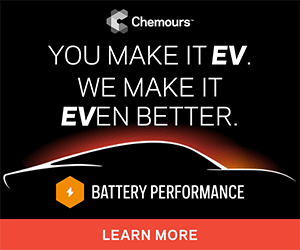Major advance for fast charger

A German project has developed a fast-charger design that can provide 400 km of range for an EV in only 15 minutes (writes Nick Flaherty).
The project, called “Direct Superfast charging for the Electric vehicle”, brought together the hofer powertrain company, Bochum University of Applied Sciences, innolectric, Keysight Technologies, Sensor-Technik Wiedemann (STW) and Voltavision to analyse and optimise the entire energy flow chain from the power grid to the charging electronics, and from the charging cable to the vehicle’s battery.
The project developed a 450 kW fast-charging station and a prototype vehicle with the 400 km range. With an average discharge power of 70 kW and a discharge energy of 90.3 kWh, the overall efficiency was 92%.
For a range of 400 km and the 88 kWh required for that, charging process with a power of 50 kW normally takes more than one-and-a-half hours.
“The challenge of the research was to further optimise this charging power and, to that end, to modify and further develop the electronic components, charging cable technology and vehicle battery that have been common on the market to date,” said Prof Kai Andre Bohm, professor at Esslingen University of Applied Sciences and the project’s manager.
Innolectric developed a new standards-compliant charging comms system, the DC Charging Controller, specifically for the fast-charging process.
Keysight Technologies designed the power electronics, which enables power of up to 450 kW by using SiC technology. This was used in the prototype vehicle from Bochum University of Applied Sciences that takes 400 kW of power at 460 A and up to 900 V. This would overload a normal vehicle with a common vehicle battery by a factor of four, because the power loss in the battery increases roughly quadratically with the charging current.
The battery was developed by hofer powertrain and the University of Bochum to achieve a balance between heat generation, service life and range. It has an energy density of 210 Wh/kg and an output of 645-903 V, and can hold around 128 kWh.
Various strategies for the charging process were also tested by hofer powertrain and Bochum University. The selection of the cells allowed a charging process with a constant current of 460 A without the need for elaborate cooling, as the battery’s temperature rises by only 26 ºC during the charging process. The BMS, which enables high voltages and maximum charging power, was implemented by the Sensor-Technik Wiedemann (STW).
ONLINE PARTNERS


























